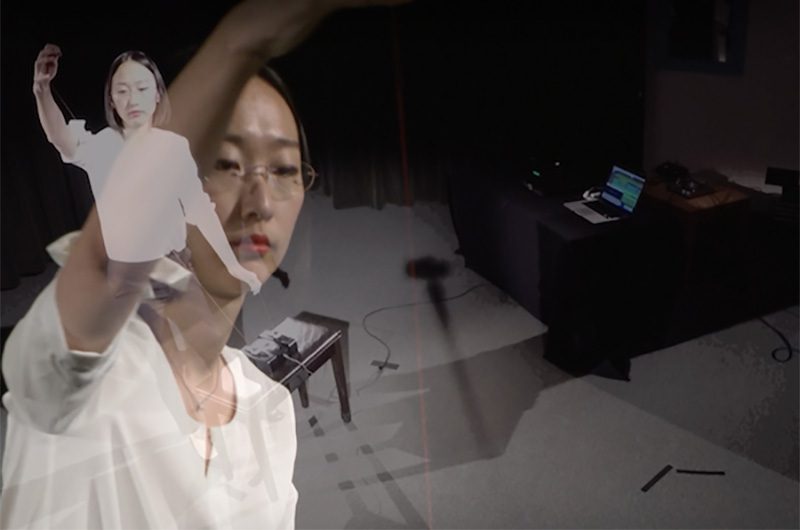BIENNALS:Portland Biennial 2016
 The Portland Biennial continues the tradition of the Oregon Biennial, originated by the Portland Art Museum in 1949, with the end of the Museum’s Biennial in 2006, Oregon artists lost a longstanding platform for career advancement. In 2010, Disjecta introduced a refreshed Biennial with new aspirations, guest curators would be invited to lead the program, multiple venues would expand artists’ ability to display more ambitious, and more representative, works and the broader platform would engage new and larger audiences. Three Biennials, 58 artists and 15,000 plus visitors later, the Biennial takes another giant leap forward 2016.
The Portland Biennial continues the tradition of the Oregon Biennial, originated by the Portland Art Museum in 1949, with the end of the Museum’s Biennial in 2006, Oregon artists lost a longstanding platform for career advancement. In 2010, Disjecta introduced a refreshed Biennial with new aspirations, guest curators would be invited to lead the program, multiple venues would expand artists’ ability to display more ambitious, and more representative, works and the broader platform would engage new and larger audiences. Three Biennials, 58 artists and 15,000 plus visitors later, the Biennial takes another giant leap forward 2016.
By Efi Michalarou
Photo: Portland Biennial 2016 Archive
Disjecta selected Michelle Grabner to lead the 2016 Biennial. Grabner brings an impressive range of experience to the post she is a dedicated teacher, a celebrated artist, and served as co-curator of the 2014 Whitney Biennial at the Whitney Museum of American Art, she reviewed over 400 applicants and conducted 107 studio visits. At the heart of Grabner’s vision is an investigation into regionalism, particularly how artists working in specific locations often reflect their geography and culture and more broadly, how these local dynamics impact the global art world in a time of decentralization. Disjecta’s 6,000-square-foot headquarters in North Portland serves as the main venue for the Biennial, however, the exhibition has always expanded to partner spaces throughout Portland, making it particularly accessible and uniquely citywide. And in 2016, for the first time, the Biennial extends beyond the Portland Metro area by activating 11 communities around the state. Works from 34 artists are featured in 25 partner venues, dramatically expanding access for audiences while concurrently celebrating the unique landscapes and culture of Oregon. The Biennial is hosted in some of Oregon’s most respected arts organizations, including Ashland’s The Schneider Museum of Art, Crow’s Shadow Institute of the Arts on the Confederated Tribes of the Umatilla Indian Reservation, and White Box at the University of Oregon in Portland, as well as in some of Oregon’s unique historical buildings, including the Rivoli Theatre in Pendleton, the Liberty Theatre in La Grande, and Astoria’s Astor Hotel. Disjecta’s main gallery hosts “Salon: Portland2016, The Studio Visits”, an expansive exhibition of 106 artists that were selected out of over 400 applicants for a studio visit. Visitors will gain an overview of Oregon’s current artistic production and observe thematic connections (or the lack thereof) among the larger body of works.
Info: Curator: Michelle Grabner, Portland Biennial 2016, Duration: 9/7-18/9/16, Various Locations, http://portlandbiennial.org








